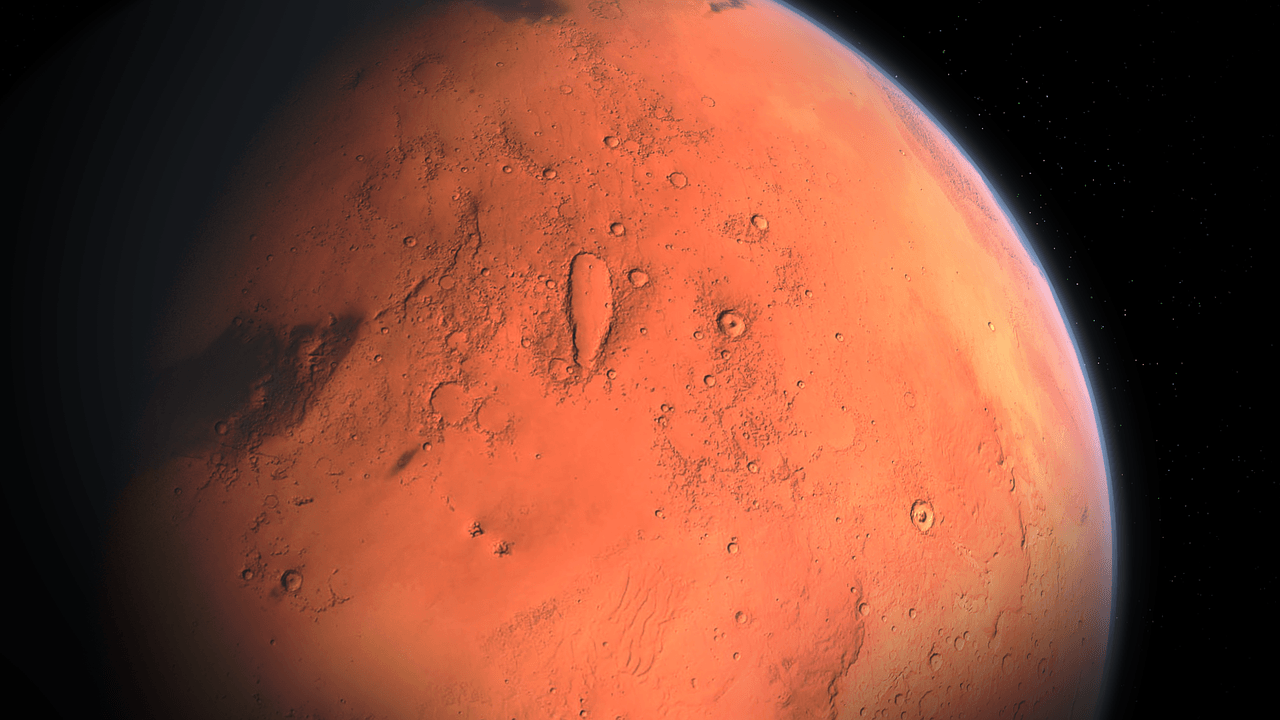If you haven’t gotten enough of seeing Mars during the Mars Opposition last month, now you can see it again, together with the rest of the planets in the solar system. Last night, you could see all the planets as a part of the Planetary Bonanza event. However, if you missed it, don’t worry, there are still chances to see the event.
Planetary Bonanza can be seen for a brief period during the last days of August and into early September. Those who can catch the best glimpse of it are star gazers who live in midnorthern latitudes. To see the event clearly, make sure to plan your time, and hope that the weather will be good. Even better, you don’t even have to stay up all night to see it.
“You can see the majority of the sky on any night of the year if you stay up all night long, so only having to stay up half the night is kind of a treat,” Irene Pease, vice president of the Amateur Astronomers Association of New York, told Space.com. “It’s cool to be able to say that you’ve seen all of the planets, but then to have the street cred to be able to say, ‘Oh, I saw them all in one night,’ is just a kind of neat bucket-list thing.”
Make sure to carefully pick a date
Even though planets will be aligning through early September, it won’t hurt to plan ahead and schedule the date. Since the new moon was in favor of the gorgeous Perseid meteor shower earlier this month, now we will be greeted with a full moon during this spectacular event. The full moon that peaks on Aug. 26 will make it harder for anyone who wants to take a perfect picture of the Planetary Bonanza.
As Sky and Telescope said, it would be the best to catch the planets before Aug. 24. However, those who missed it shouldn’t be worried, as there is another great opportunity between Aug. 30 and Sept. 9, a few days after the full moon.
Pease explained to Space.com, that Mercury has always been the most difficult planet to spot. It’s the closest planet to the sun, and it gets up to the horizon only during the early evening or just before the dawn.
“The trick to Mercury is getting out there before the sun sets and making sure you have a really clear view of the horizon,” Pease told Space.com. “Just being able to see that in the glare of the sunset can be kind of tricky.”
Pease then said that the next planets to spot are Venus, Jupiter, Saturn and Mars. The four planets will line up with Venus, and you can spot them if you look low in the western sky for Venus, Jupiter will be southwest, while Saturn and Mars will be located south and southeast respectively.
“You can get all of those in within an hour of a sunset,” Pease said. “Then, I would take a break, maybe celebrate, and then come back.”
Arm yourself with the right equipment for Planetary Bonanza
However, it will be hard to distinguish Uranus and Neptune from stars, since they are quite far away. So it’s recommended to take binoculars or a small telescope if you have one. According to Sky & Telescope, Uranus and Neptune will be the best to search for just before midnight. They’ll be sitting in the constellations Pisces and Aquarius.
Similarly to other skywatching events, make sure to stay away from city lights and hope that the weather is in your favor.
“Bring a buddy, because it’s more fun, and bring bug repellent if you’re one of those people bugs love to eat,” Pease said.
Also, if you need support to watch Planet Bonanza, make sure to download a sky mapping app like SkyView to get the best glimpse of the planets and constellations. Don’t worry, the app is extremely easy to use, allows you to take screenshots, and it will guide you toward getting the best view and calibrating your phone for an accurate view.
Happy watching!





